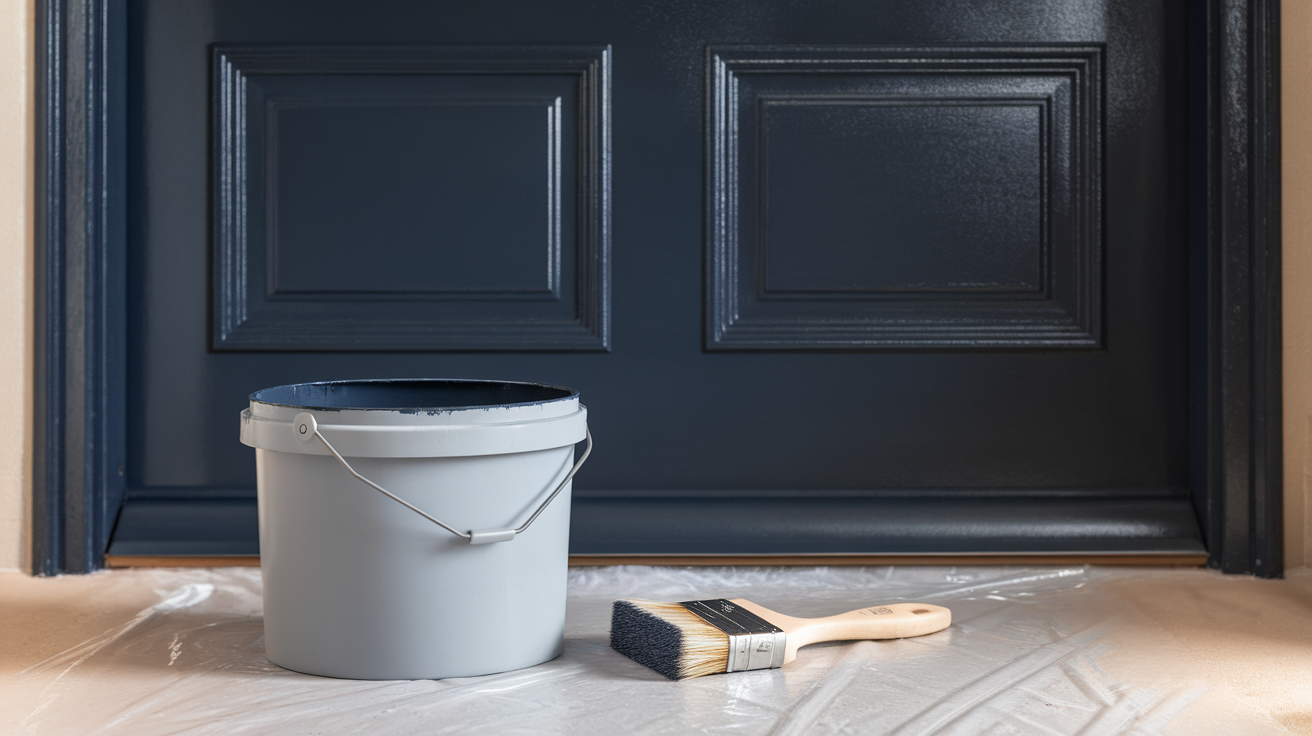Thinking about painting your fiberglass door, but not sure if it’s a good idea?
The good news is that you definitely can, and when done right, it looks amazing and lasts a long time.
A lot of people worry that paint might not stick or could damage the surface, but with the right steps, it’s totally safe and very effective.
In this guide, I’ll explain everything you need to know to do it correctly.
You’ll learn what kind of paint works best, how to prep your door properly, and exactly how to apply the paint so it looks smooth and professional.
Over the years, I’ve painted many fiberglass doors, both for clients and in my own home, and I’ve learned what works and what to avoid.
By the time you finish reading, you’ll be ready to give your door a fresh, new look confidently. Let’s get started and take the guesswork out of it!
Why Paint a Fiberglass Door?
Fiberglass doors are a smart choice for your home because they last a long time and don’t warp or crack like wood.
But even the best fiberglass door can start to fade or look old after a few years in the sun. And this is why painting your door is a great idea. It refreshes a worn-out look, updates your home’s style, and boosts curb appeal.
It can even hide small scratches and help match new colors after other upgrades. Replacing a door can cost around $1,000 to $3,000, but painting supplies are only around $50 to $100. That’s a lot of money saved.
And here’s something many people don’t know: fiberglass doors are actually made to be repainted. Manufacturers recommend painting them every 5 to 7 years to keep them looking good and well-protected.
Best Types of Paint for Fiberglass Doors
Using the right paint is crucial for long-lasting results on fiberglass doors. The wrong type can peel, bubble, or fail to adhere properly.
1. Acrylic Paint
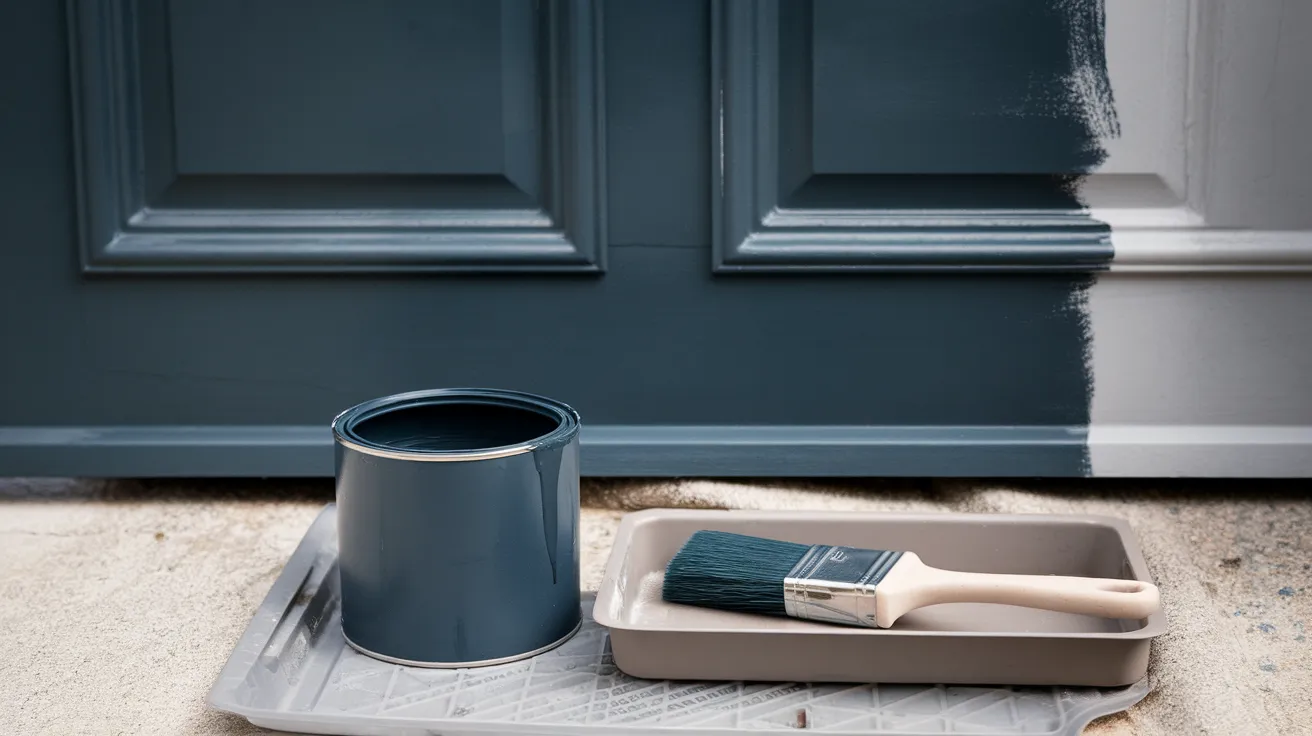
I find Acrylic paint to be a great choice for most fiberglass doors because it’s easy to use and holds up well outdoors.
It stands up to weather and sun, which helps your door look good longer. It also dries quickly, so you can usually finish the job in one day without waiting too long between coats.
Acrylic paint is flexible, which means it won’t crack when your door expands or shrinks with the weather. It’s also easy to clean up using just soap and water.
For best results, choose a high-quality exterior-grade 100% acrylic latex paint in a “door and trim” formula.
2. Urethane-Resin Based Paint
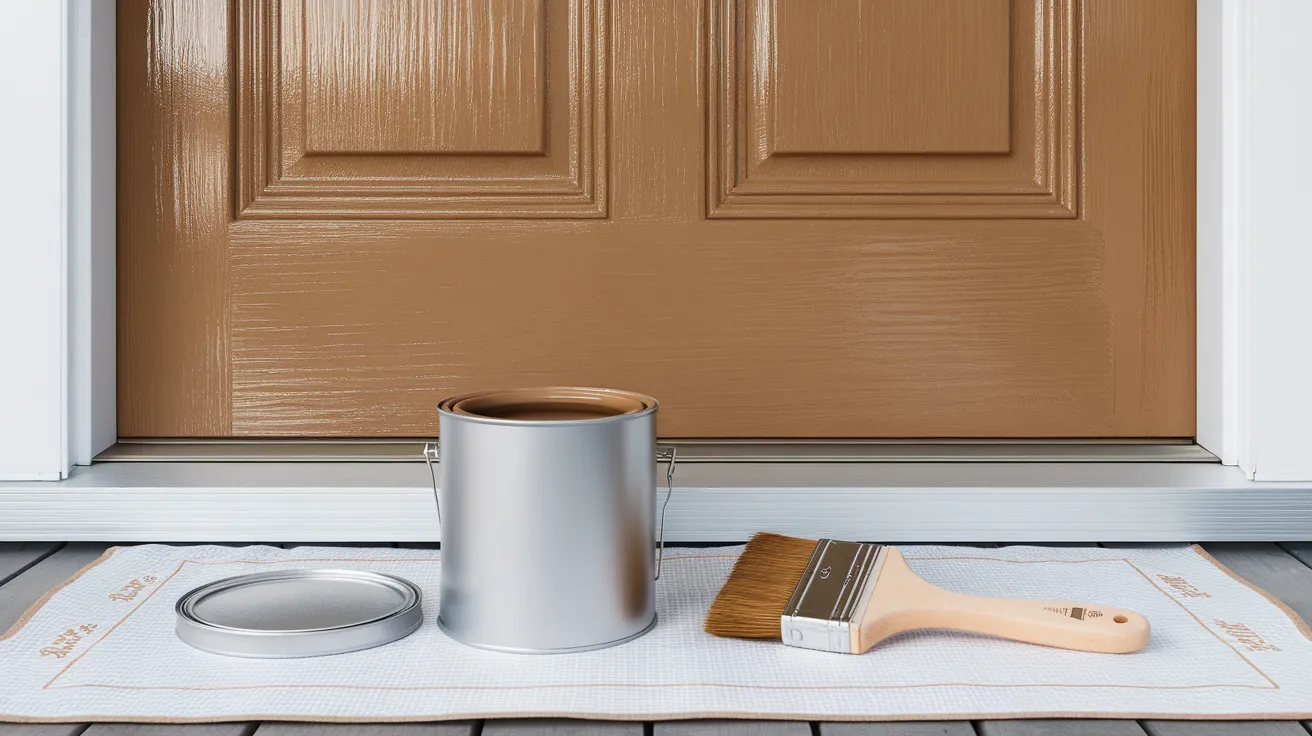
If your door experiences heavy wear from bad weather or heavy use, urethane-resin-based paint is a tougher option. It provides a strong, hard finish that resists scratches, chips, and peeling.
This paint sticks well to fiberglass and protects it from moisture and UV rays. It creates a smooth, professional look that lasts longer than standard acrylics.
Just know it takes more Time to apply and has a stronger smell, so make sure your space has good airflow.
It’s a bit more expensive, but worth it for harsh climates or high-traffic doors.
3. Gel Stain + Clear Topcoat
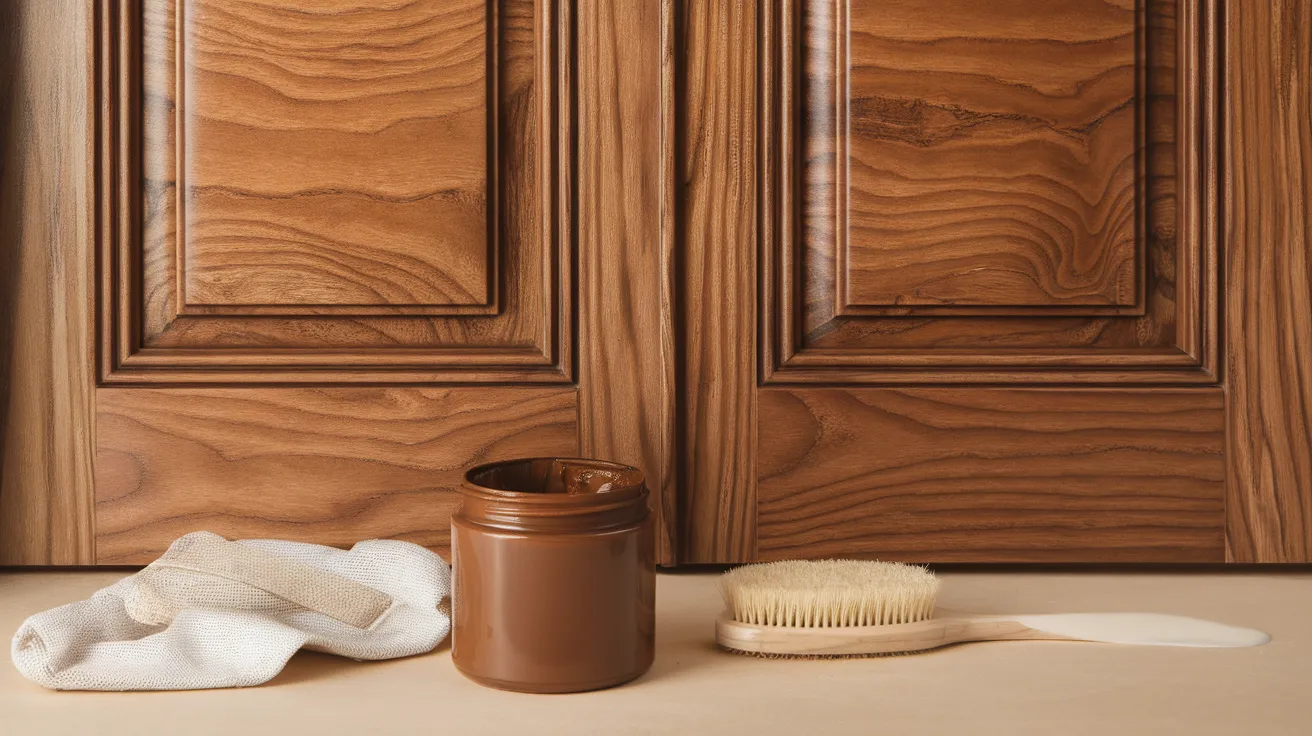
If you want your fiberglass door to look like real wood, gel stain is the way to go. It gives your door a wood grain look, especially if the surface already has a wood texture.
Gel stain is thicker than regular stain, so it doesn’t drip or run while you work. It’s easier to control, and you can create a natural-looking finish that stands out.
After staining, you’ll need to add a clear topcoat like polyurethane to protect the surface.
It takes more time, but the final result gives your door a warm, wood-style finish without replacing it.
How to Paint a Fiberglass Door?
Before starting to paint, understand that proper preparation is the key to success. A well-painted fiberglass door can last 7-10 years, while a poorly prepped one might need repainting within months.
Step 1: Cleaning the Door
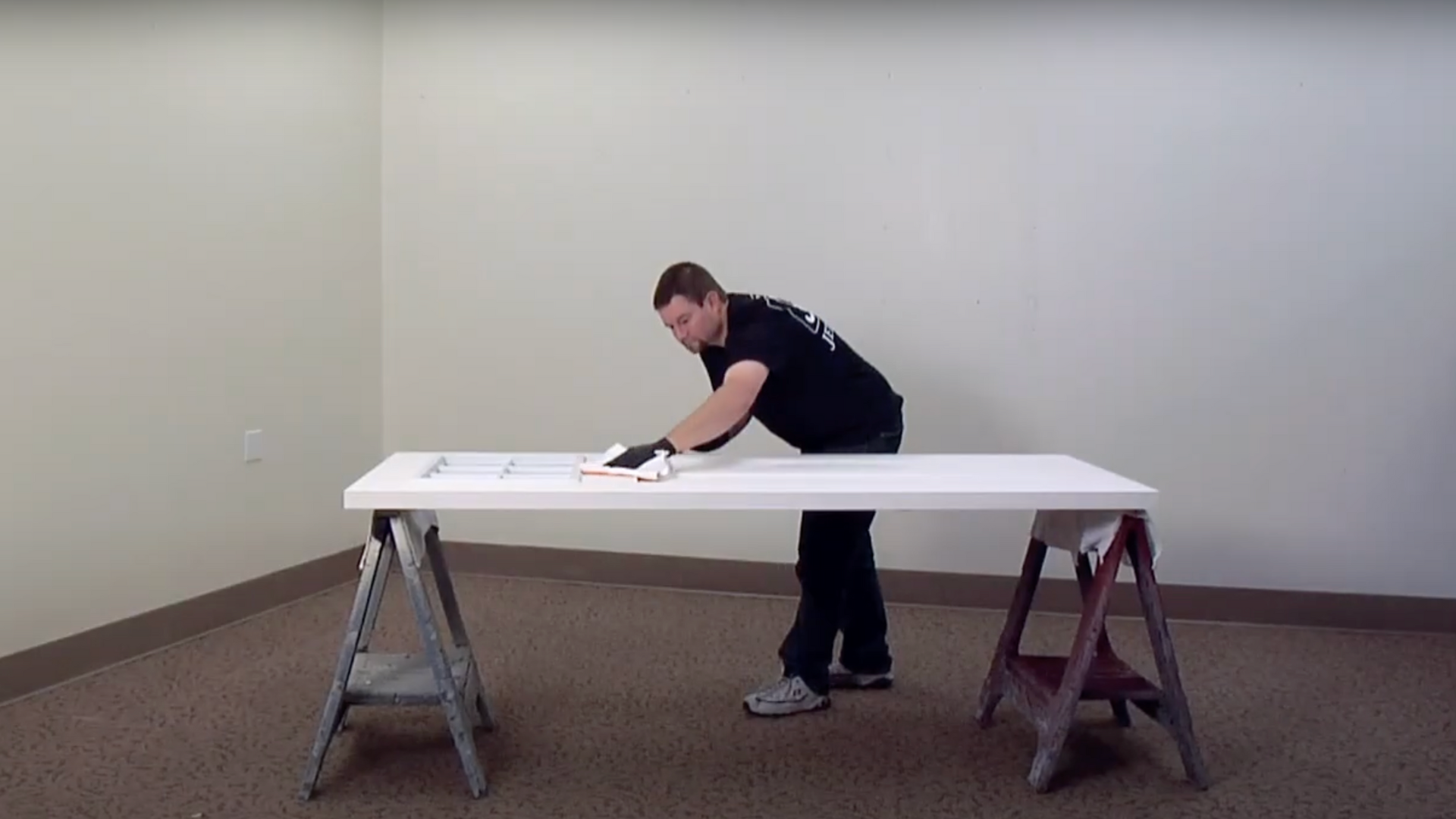
Before you paint, you need a clean surface so the paint can stick well. Remove all hardware, like handles, or cover them with painter’s tape.
Wash the door with a TSP cleaner to remove dirt, oil, and fingerprints. Pay close attention to corners, panels, and grooves where grime builds up.
Rinse the door with clean water and let it dry completely. Then, wipe it down with a lint-free cloth to remove any leftover dust.
This step may feel boring, but skipping it is a big mistake. A clean surface helps your paint last longer and look better.
Step 2: Masking Off Glass
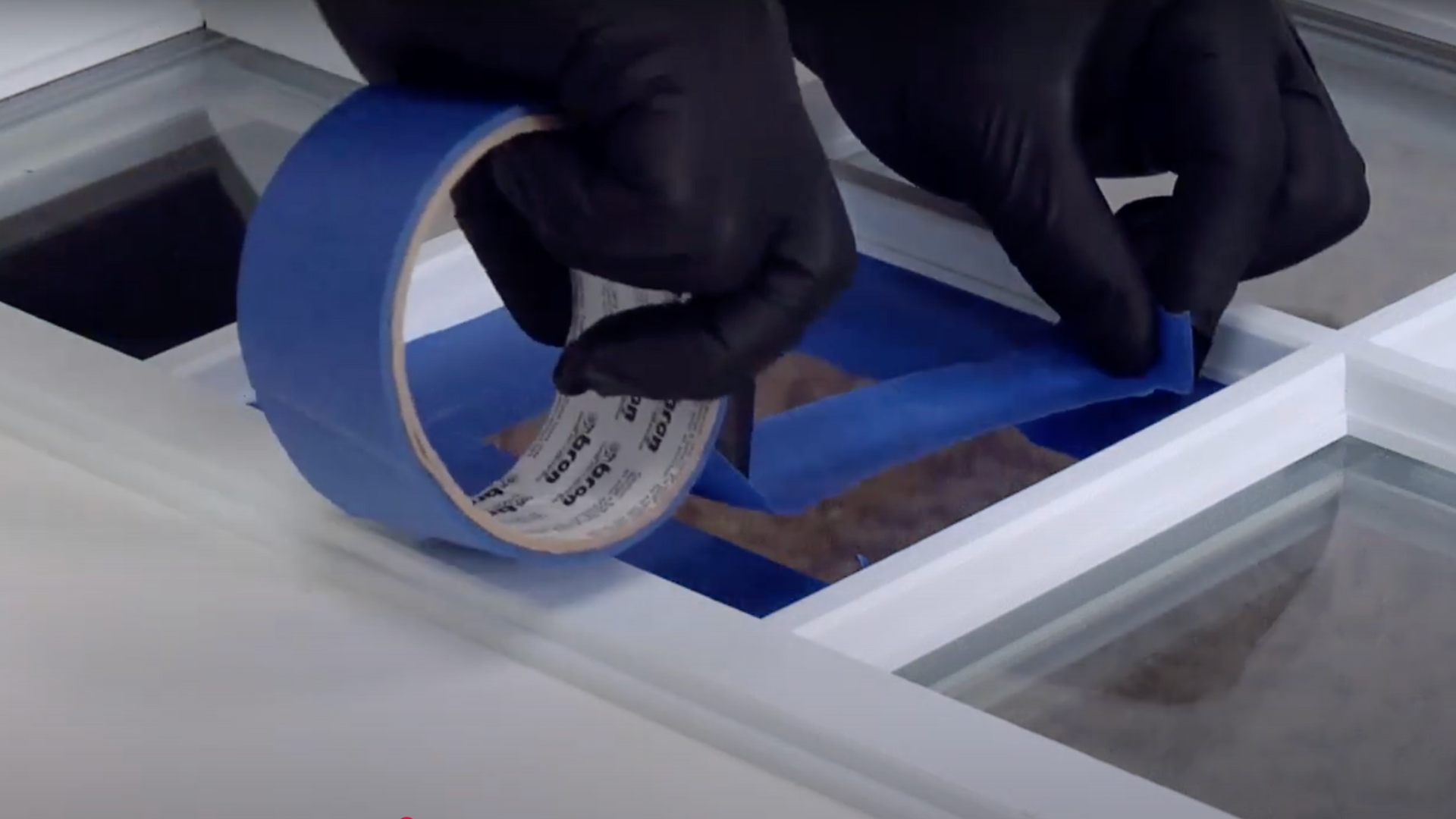
If your door has glass panels or sidelights, protect them before you paint.
Use painter’s tape to seal off the edges of the glass tightly. Then cover the rest of the glass with plastic or newspaper and secure it with more tape.
You want to make sure no paint can sneak underneath. You can also use a paint shield to help keep clean edges while you work.
Taking time with this step saves you from cleaning up messy paint later. It also gives your door that clean, neat look that makes a big difference in the final result.
Step 3: Painting the Door
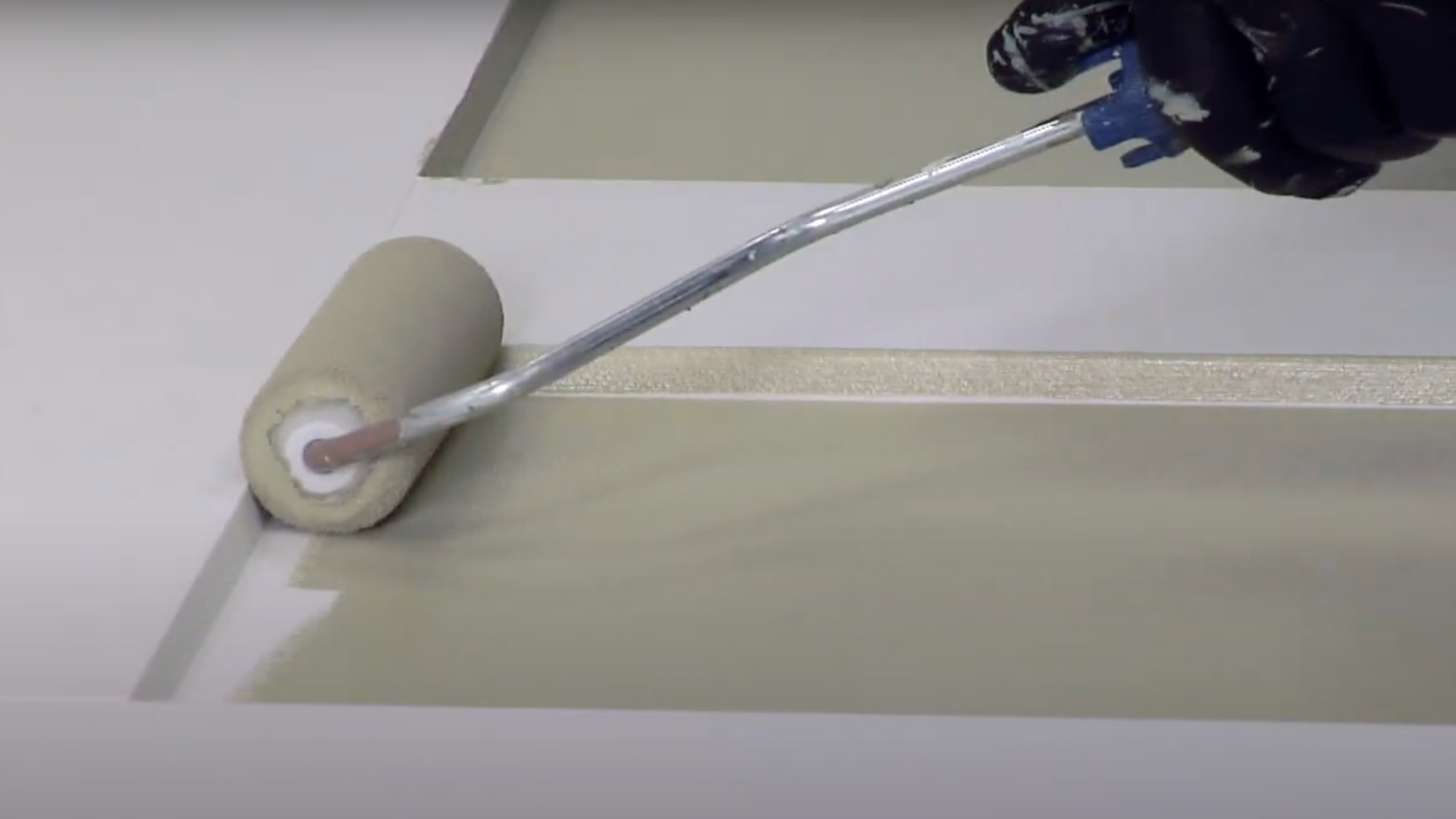
Now you’re ready to paint! To get the best finish, use a good synthetic bristle brush or a small foam roller.
Apply the paint in thin, even layers. Don’t try to cover everything in one coat; two or three thin coats are better for a smoother result.
Follow the door’s shape and paint in the same direction as any wood grain texture. Wait a few hours between coats so the paint can dry properly.
Be patient during this part. Rushing will lead to streaks, drips, or uneven patches that you’ll have to fix later.
Step 4: Painting All Sides and Edges
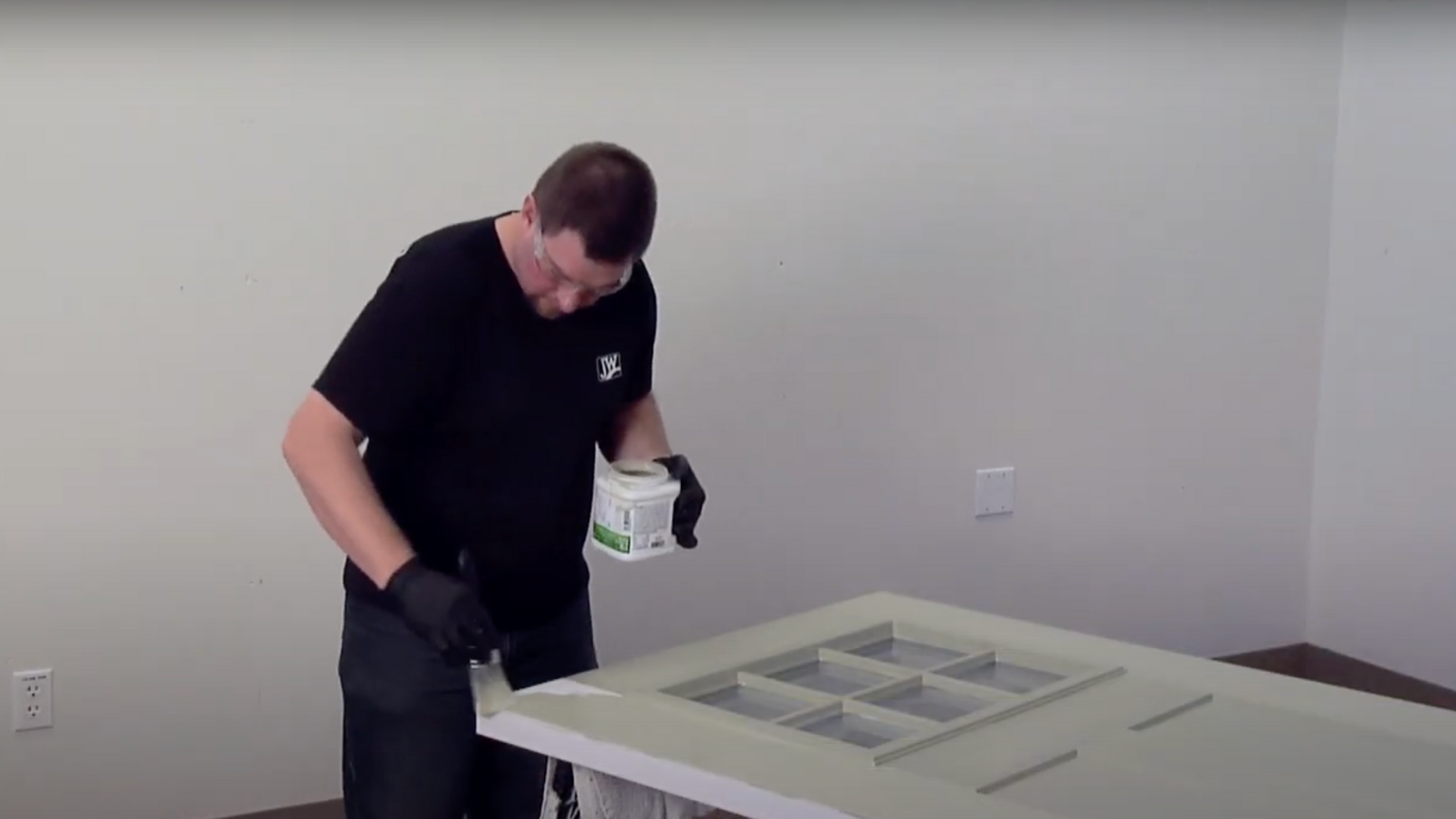
Remember to paint the edges of your door; this step is just as important as the front and back.
If you can, take the door off its hinges to make painting easier. Make sure you paint the top and bottom edges too, since those areas help keep moisture out.
Use painter’s tape to cover weatherstripping or anything you don’t want painted. Don’t skip the hinge side either; paint carefully around it.
Add the same number of coats to every surface. Some door warranties require all six sides to be painted to protect against water damage.
Step 5: Drying Time
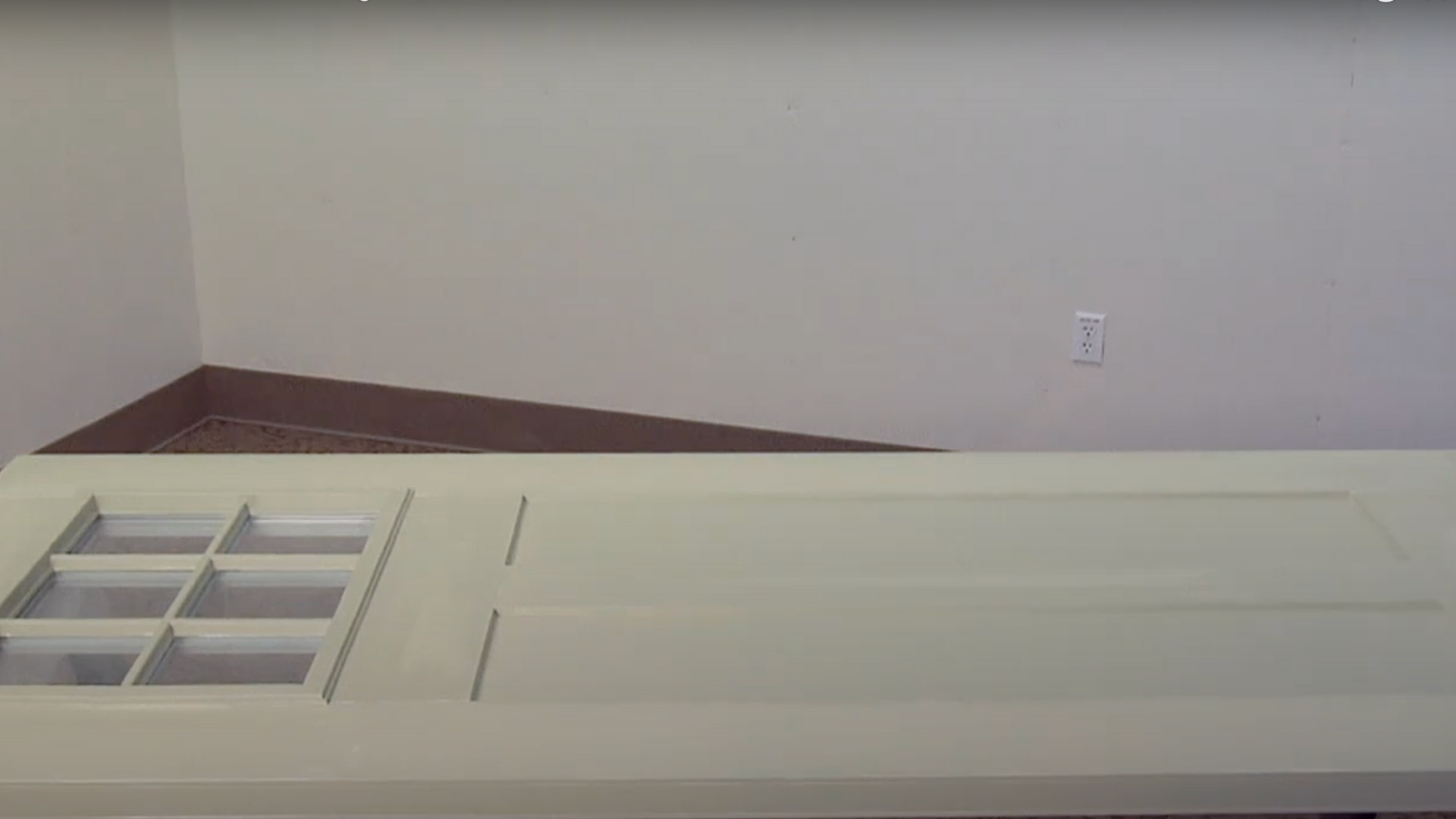
Once you’re done painting, let the door dry and cure fully.
It might feel dry after a few hours, but it still needs more Time to harden completely. Try not to close the door fully for at least 24 hours. It usually takes five to seven days to cure fully, depending on the weather.
During this time, avoid touching the paint too much or using cleaning products. Be gentle when reinstalling any hardware, and keep sprinklers or water away from the door.
Giving the paint time to set will make your hard work last longer and look much better.
Want to see the process in action? Check out this video from @JELDWENVIDEOS. It walks you through each step clearly, making it easier to follow along and achieve great results on your own.
Pro Tips for Professional Finish
Want your painted fiberglass door to look clean, smooth, and professionally done? These tips will help you get that flawless finish:
- Paint when temperatures are between 50–85°F with moderate humidity
- Remove the door to paint it flat, if possible
- Always paint in the shade, not direct sunlight
- Add a paint conditioner like Floetrol to reduce brush marks
- Use a paint sprayer for the smoothest finish (if available)
- Buy quality brushes and rollers; they make a big difference
- Apply 3–4 micro-thin coats instead of two thick ones
- Use a mini foam roller for flat areas and a brush for edges and details.
Conclusion
You can safely paint your fiberglass door, and when done right, the results can look just as good as a brand-new door.
With the right prep work, the right tools, and a little bit of patience, your door can look amazing and hold up for years to come.
The most important steps are the ones that come before painting. Clean your door really well, sand it lightly, apply a bonding primer, and choose the right type of paint for the job.
I strongly suggest not rushing through the process, especially when it comes to letting each coat dry properly. That’s what helps your paint last longer and look smoother.
A freshly painted fiberglass door updates your entryway and boosts your home’s curb appeal. And the best part? You’ve saved hundreds or even thousands of dollars by painting it yourself instead of buying a new one.
Have you tried painting a fiberglass door before? Do you have questions or tips to share?

